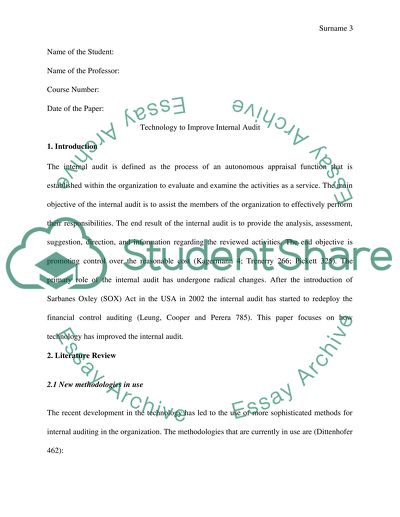Cite this document
(“Technology to Improve Internal Audit Research Paper”, n.d.)
Technology to Improve Internal Audit Research Paper. Retrieved from https://studentshare.org/finance-accounting/1479629-you-can-choose-the-topic-by-yourself
Technology to Improve Internal Audit Research Paper. Retrieved from https://studentshare.org/finance-accounting/1479629-you-can-choose-the-topic-by-yourself
(Technology to Improve Internal Audit Research Paper)
Technology to Improve Internal Audit Research Paper. https://studentshare.org/finance-accounting/1479629-you-can-choose-the-topic-by-yourself.
Technology to Improve Internal Audit Research Paper. https://studentshare.org/finance-accounting/1479629-you-can-choose-the-topic-by-yourself.
“Technology to Improve Internal Audit Research Paper”, n.d. https://studentshare.org/finance-accounting/1479629-you-can-choose-the-topic-by-yourself.


